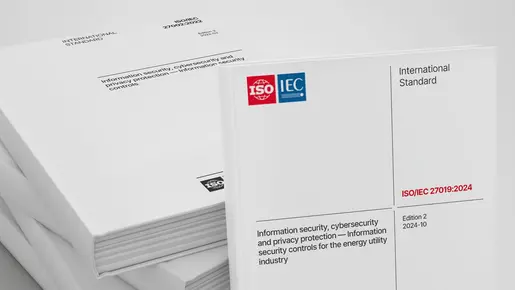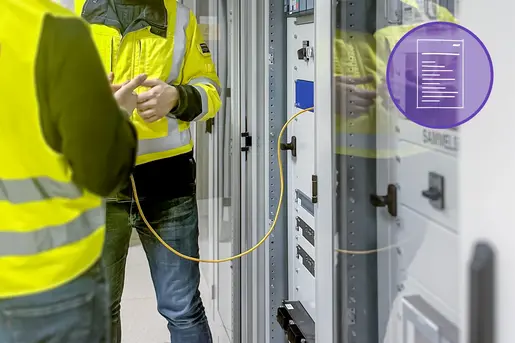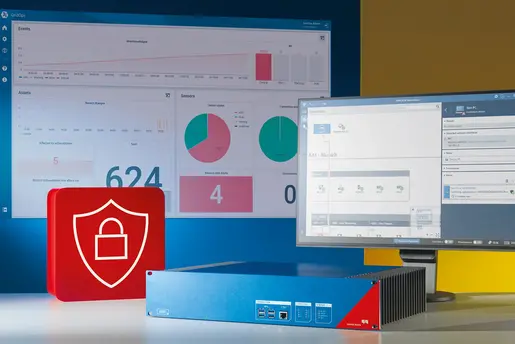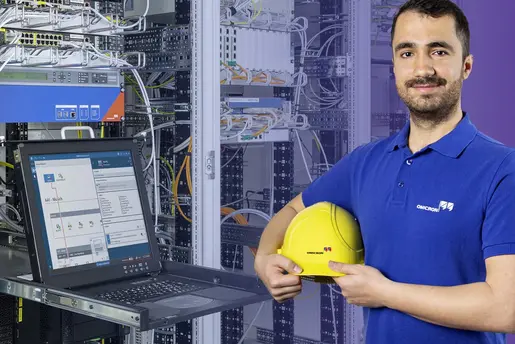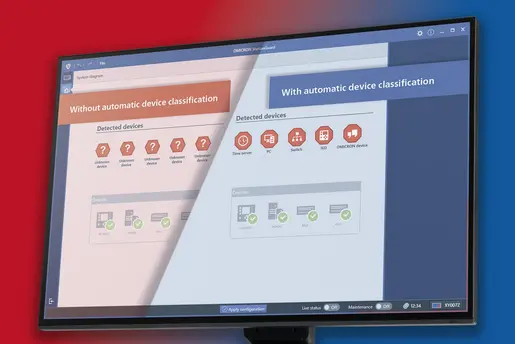Amid all the recent buzz about NIS2 over the past weeks (or even months), one could easily overlook that a new version of the ISO 27019 standard has just been released. This standard specifies security requirements for energy supply companies, builds upon and expands ISO 27002, and is highly relevant for information security certifications.
The ISO 27019 standard outlines precise requirements (controls) for the secure operation of process control systems and explains suitable security measures.
In addition to aligning with the restructured controls introduced in ISO 27002:2022, several energy-specific aspects have been expanded and added. These energy-focused extensions address particular needs within the industry, which we will be listed below:
Organizational Measures
Physical Security
Technical Measures
New Requirements
The international ISO standards define the state of the art required by many laws and offer therefore valuable guidance for developing effective risk management strategies.
Updates by the German BDEW, Austria's E-Wirtschaft, and the Swiss Electricity Association
Additionally, a well-established document has been updated: the "Requirements for Secure Control and Telecommunication Systems" whitepaper, now in its third version, published by German BDEW, Austria’s E-Wirtschaft, and the Swiss Electricity Association. This includes new provisions for OT networks and attack detection system integration (4.1.13) and emphasizes the importance of malware protection, which should be implemented via signature-based or allowlisting solutions (4.3.2).
Even without the full implementation of NIS2 legislation and regulations, the requirements are becoming increasingly specific, particularly regarding attack detection and vulnerability management. It’s a strong reminder to not delay implementing necessary security measures, even before national NIS2 frameworks are fully in place.



